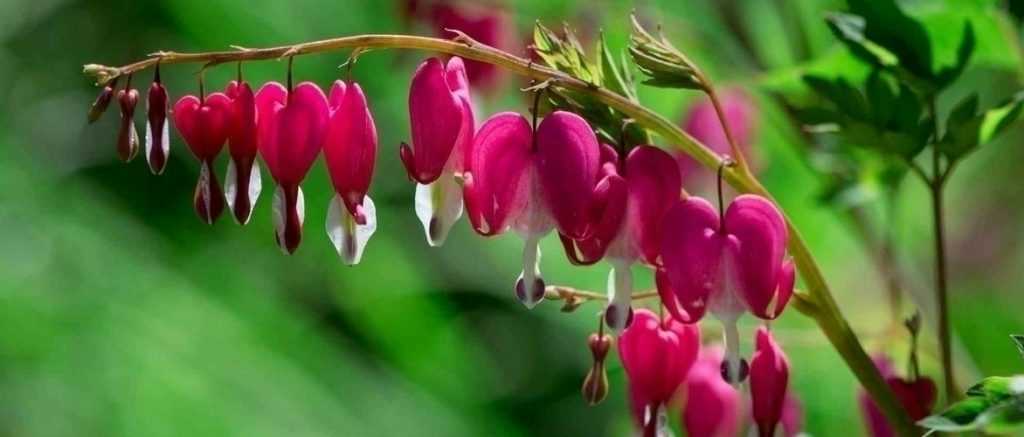
Bleeding Heart or Dicentra spectabilis: Planting Success Guide
Where, when and how to plant
Contents
The Bleeding Heart is an easy young plant, provided it’s planted where it can express its full potential. The secret to success with this elegant, vigorous perennial therefore lies in the planting.
Where to plant Bleeding Heart?
The Bleeding Heart or Dicentra is a vigorous perennial plant, highly resistant to cold, which can be planted throughout France. Very hardy, it withstands the lowest temperatures, around -15°C.
This is an easy-to-grow plant but it requires a light soil and dappled exposure.
To succeed with the Bleeding Heart, the soil must be moist, even in the height of summer, slightly acidic or neutral, well-draining and rich in humus. It only fears excess: too much water in winter and too much sun in summer. We recommend planting it where it can express its full potential: in partial shade, protected from harsh, direct sunlight under the light shade of a tree and sheltered from prevailing cold winds. Once established, avoid moving it, as it takes several years to reach its full development.
Growing in pots is easy as long as watering is not neglected. In rich, humus-bearing soil, it will thrive, provided the soil never dries out… nor becomes waterlogged!
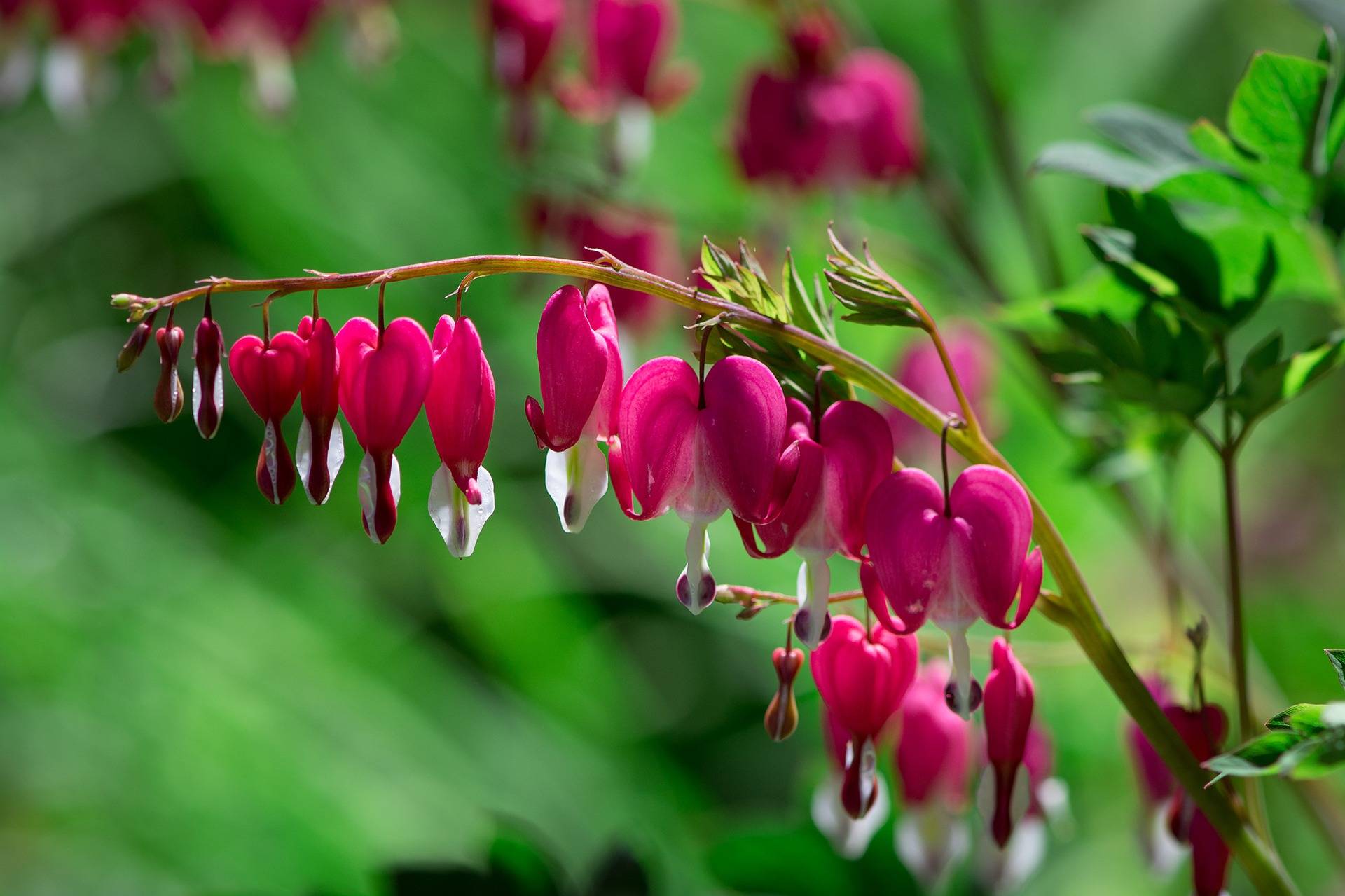
When to plant?
Bleeding Heart is a perennial with early development and its vegetation starts right at the beginning of spring. Its tender stems can be damaged by frost, which is why we recommend planting it in spring when the risk of frost has passed.
Planting in autumn, around September/October in warm and moist soil is perfectly feasible, however the young plant will be in dormancy and won’t awaken until the following spring.
Discover other Dicentra - Bleeding Hearts
View all →Available in 1 sizes
Available in 3 sizes
Available in 3 sizes
Available in 3 sizes
Available in 1 sizes
Available in 1 sizes
Available in 1 sizes
Available in 1 sizes
Available in 1 sizes
Available in 1 sizes
How to plant them?
Once well established, Bleeding Hearts require little care. The secret to this elegant, vigorous perennial lies in the planting process. The roots are fragile and prone to crushing: handle the young plant with care during planting. Avoid planting too many dicentras, as they leave an unsightly gap in summer when they enter dormancy.
Step 1: Prepare the soil
- Depending on your soil type, enrich it with potting compost, well-rotted compost, and some gravel for drainage.
Step 2: Soak the root ball
- Moisten the root balls by soaking them in a basin of water.
Step 3: Prepare the planting hole
- Dig a hole about 25 cm deep, roughly the depth of a spade.
- If the soil is heavy, improve drainage with gravel, vermiculite, or pumice, and lighten it with turf.
- If the soil is too free-draining and sandy, add a third of compost to improve water retention.
- Place the young plant with the collar slightly below soil level.
- Space each plant 30 cm apart.
- Backfill the hole, firming the soil around the roots.
- Water thoroughly, then monitor weekly during hot spells—the soil should stay moist but never waterlogged.
- Protect the plant from slugs.
Note: In summer, the plant enters dormancy and its foliage yellows—avoid overwatering, as this is part of its natural cycle to withstand drought.
Step 4: Mulch
- Mulch to aid establishment, retain soil moisture in summer, and protect against late frosts.
- Then leave it undisturbed—established plants thrive when left alone.
Container planting
- Prepare a mix of equal parts potting compost, sand, and garden soil.
- Plant in a pot at least 30 cm wide.
- Ensure the pot has drainage holes—waterlogged roots will rot.
- Water regularly but avoid saturating the roots.
- Add compost annually in spring.
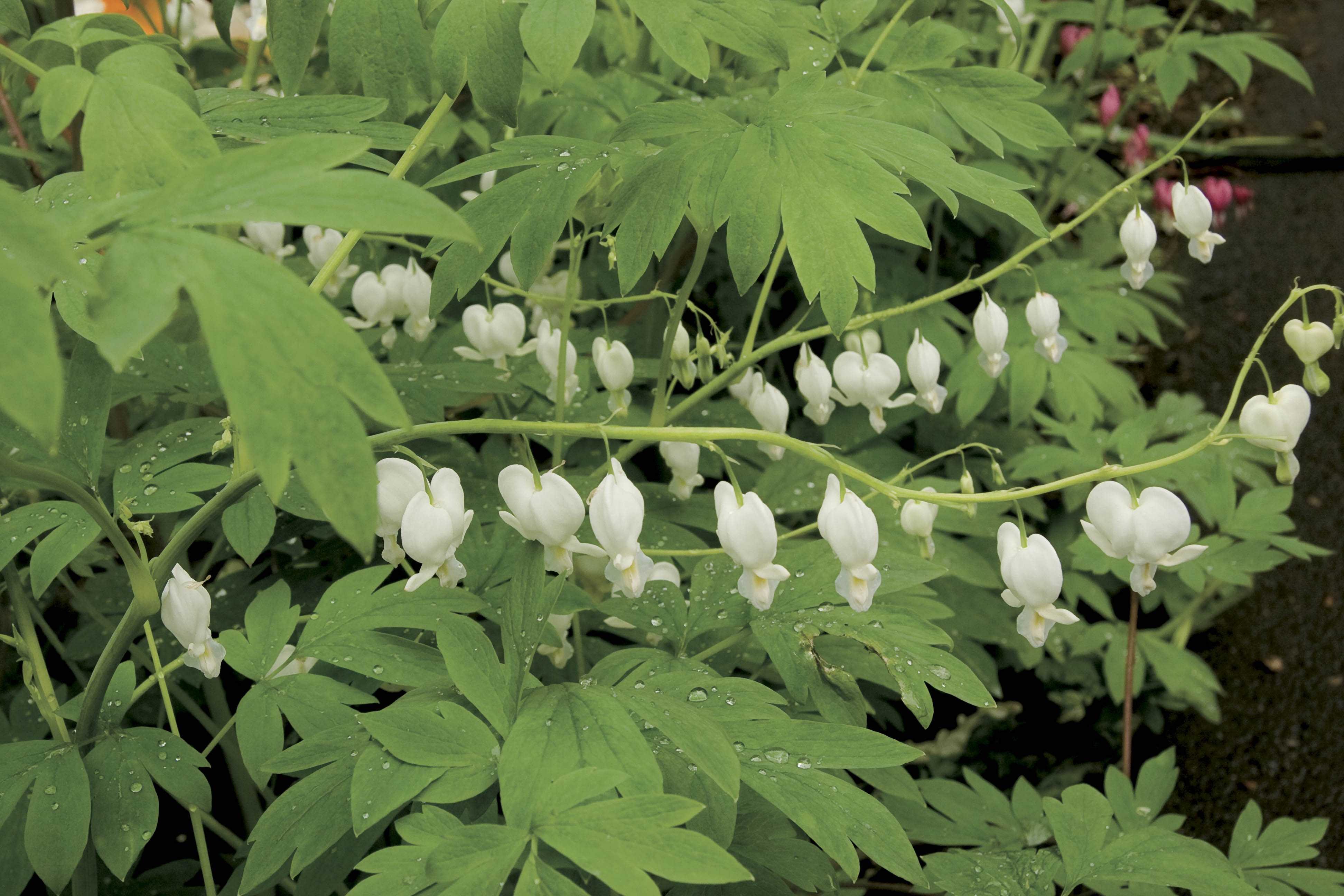
- Subscribe!
- Contents


































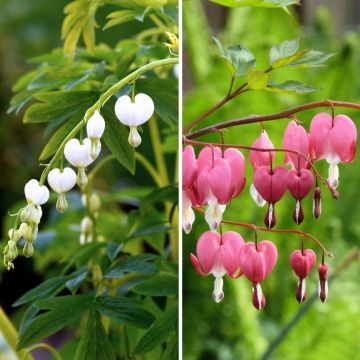
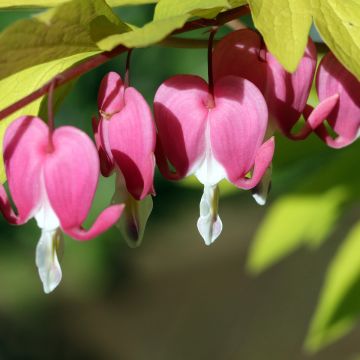
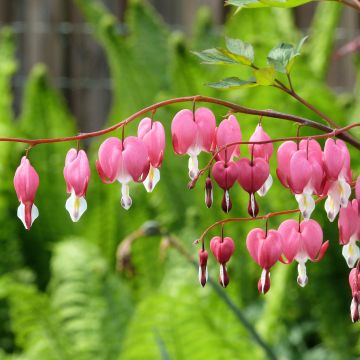
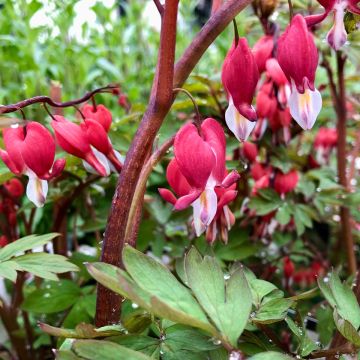


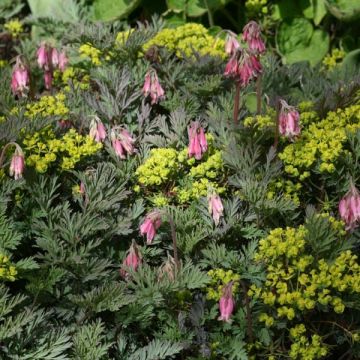
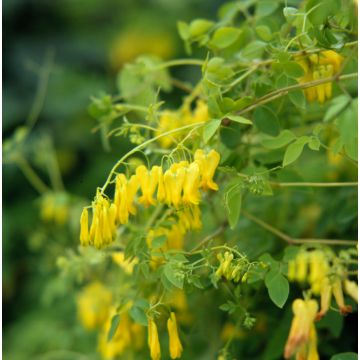
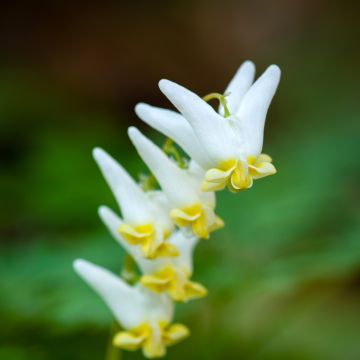
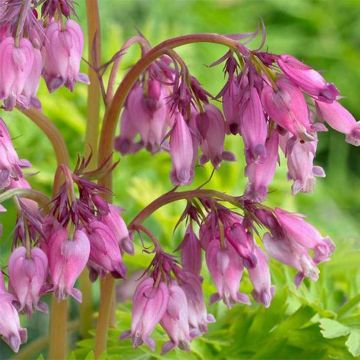
Comments